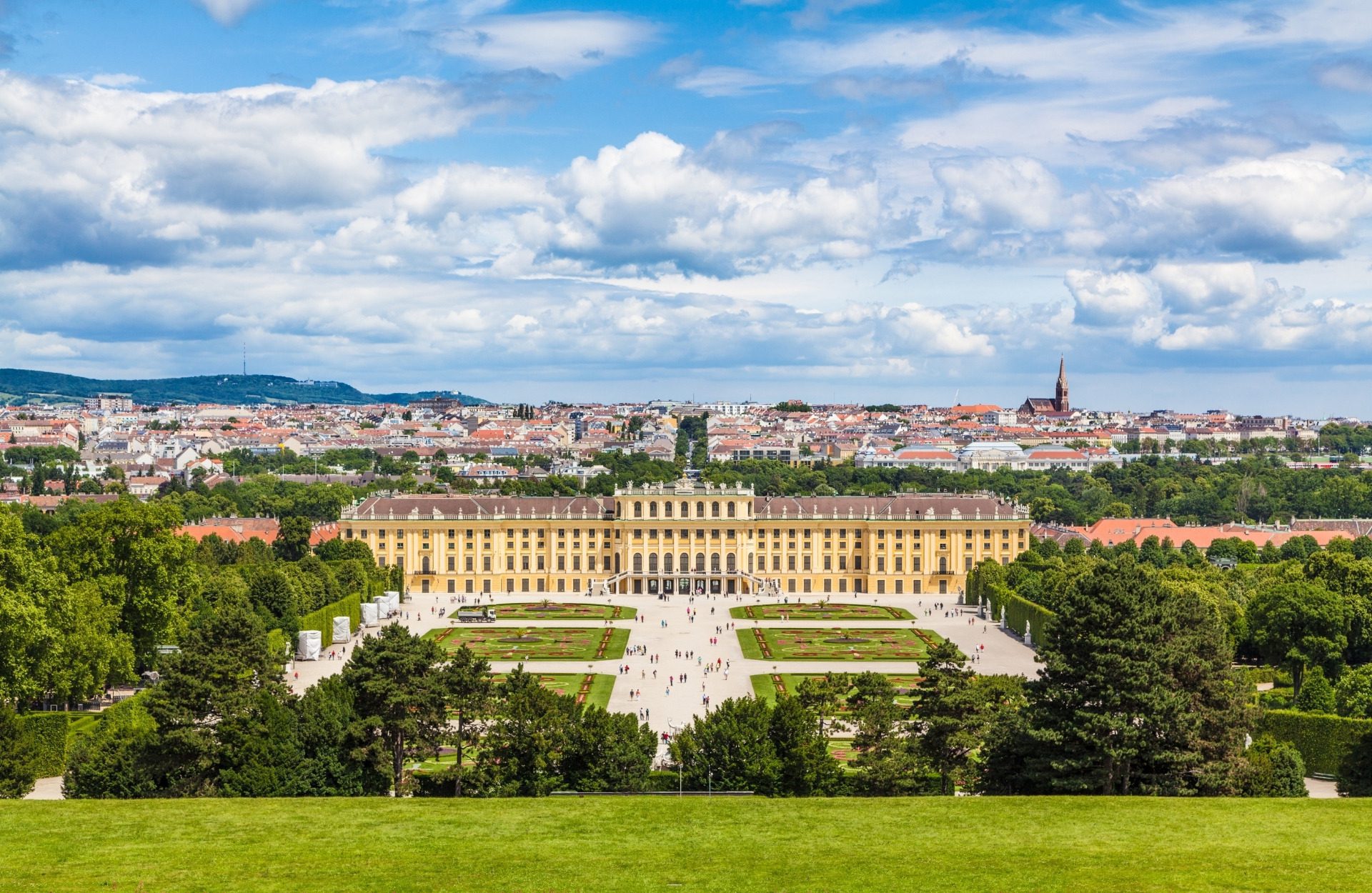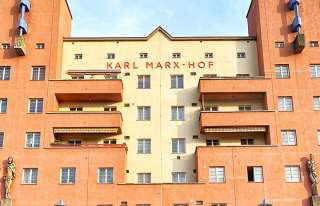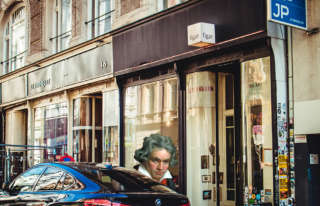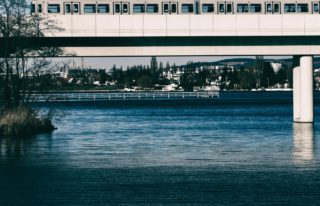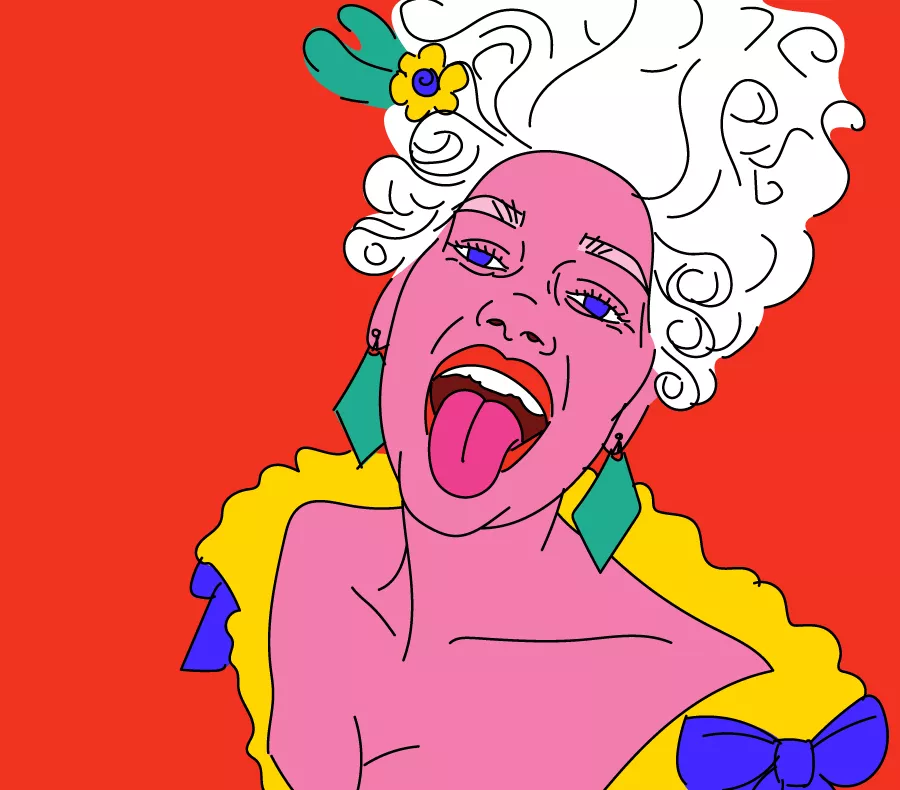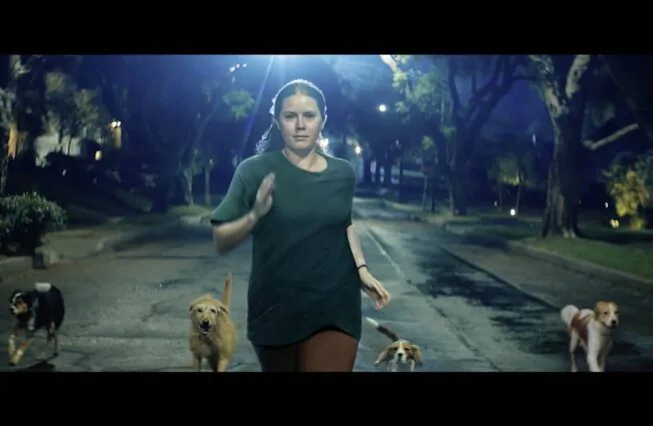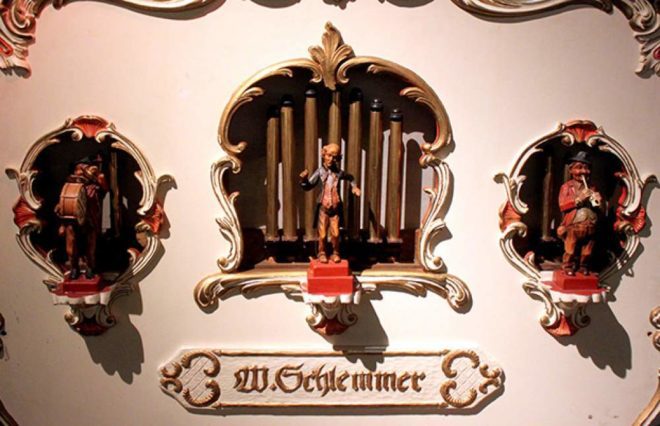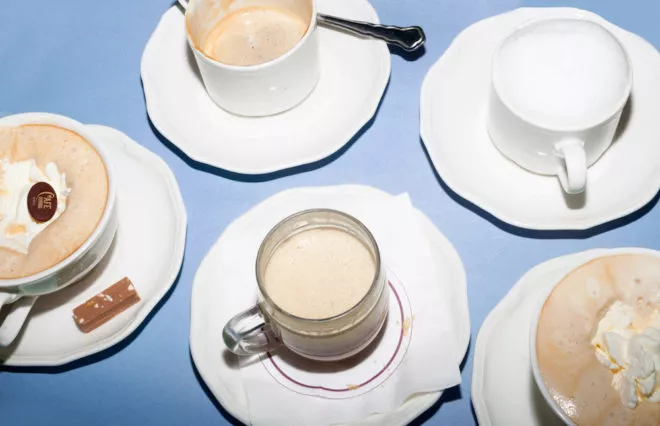1. It was once used as a military base by the British
Following World War Two, the British used parts of the Schönbrunn palace as a home base for their administration operations. That is, until the Austrian Republic got back up and running, at which point the palace became the museum it is today.
2. It got its name from some supposedly pretty spring found by emperor Matthias back in the 1600s
Before the palace was even built, the Habsburg used the premises as a vast hunting ground. Legend has it that one day, while hunting, ye’ ol’ Emperor Matthias discovered a natural spring, which inspired him to exclaim – ‘Welch schöner Brunn!’ (What a beautiful spring!). Well, it must have been reeeaally pretty seeing as they named the whole place after it.
2. The whole park area is HUGE with a size equivalent to about 224 football fields
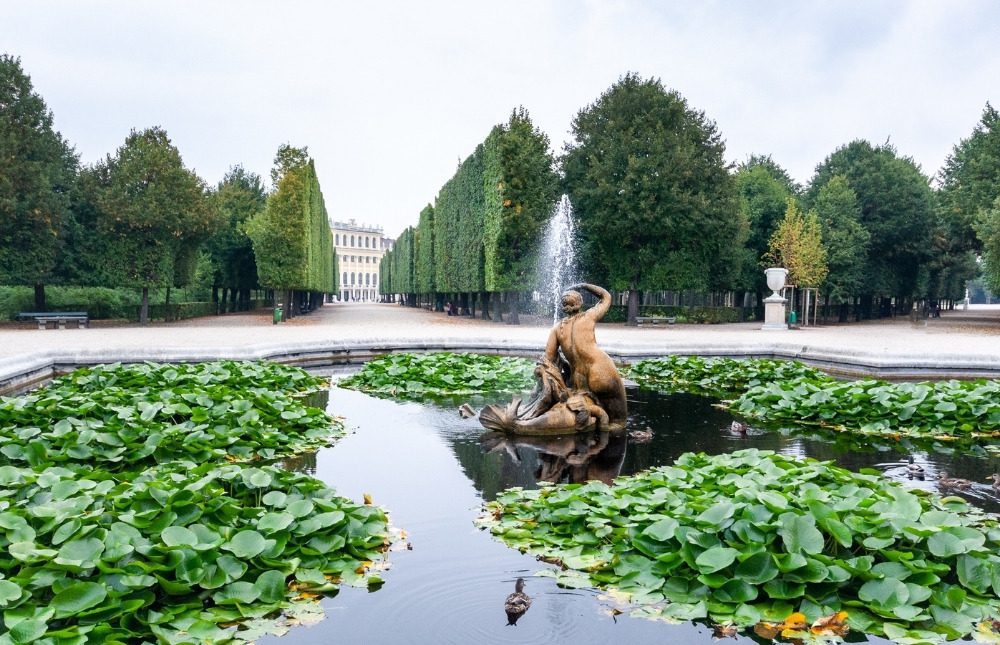
At 160 hectares, the palace grounds spread out for 1.2 km from East to West, and approximately one kilometer from North to South. Just to put this in perspective – this is the equivalent of 224 football fields. Isn’t it funny how every large space is always measured in football fields? Bizarre if you ask us. Which you didn’t. Soooo, we’ll be quiet now.
3. The Habsburg’s had around 1441 rooms inside the palace in which to chill, lounge around, do whatever it is they did for work, play Mario Kart
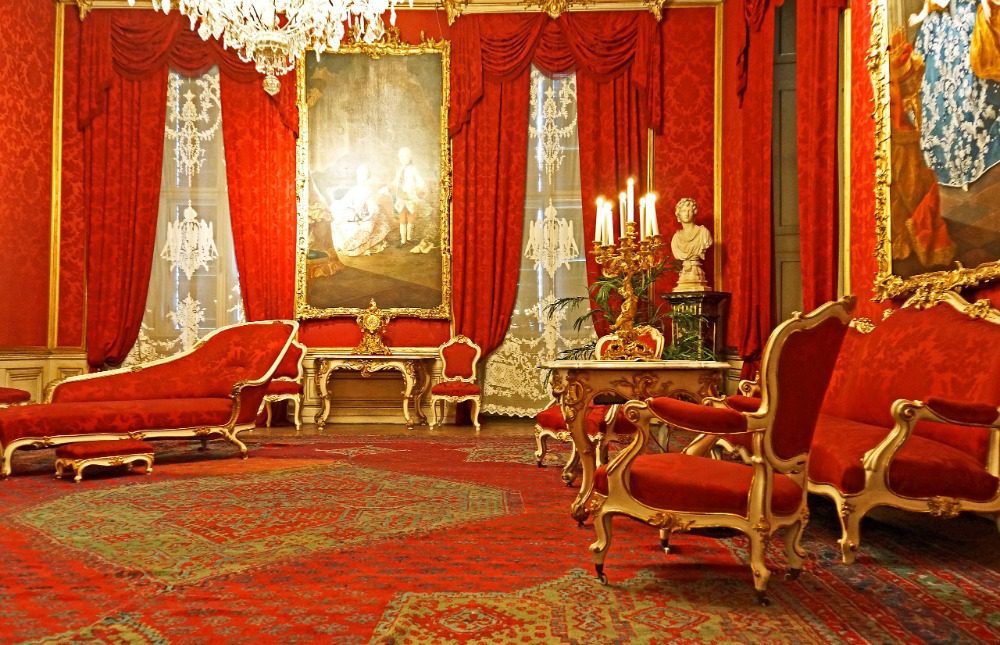
However, only 45 of rooms in the palace can be visited. Makes you wonder what’s going down in all those other rooms you don’t get to see, right? Maybe a crack den, maybe some kind of crazy day parties, maybe various book club meetings – who knows?!
4. Some of the rooms inside the palace are up for rent
We do know what goes on in some of the rooms of the palace that we don’t get to see – you can rent them as apartments. Imagine residing like Franz and Sisi once did. Must be the coolest apartment flex ever. But we’re guessing you must earn a royal salary to be able to afford one.
5. Its distinct yellow colour even has its own name – another flex worth mentioning if we were a palace
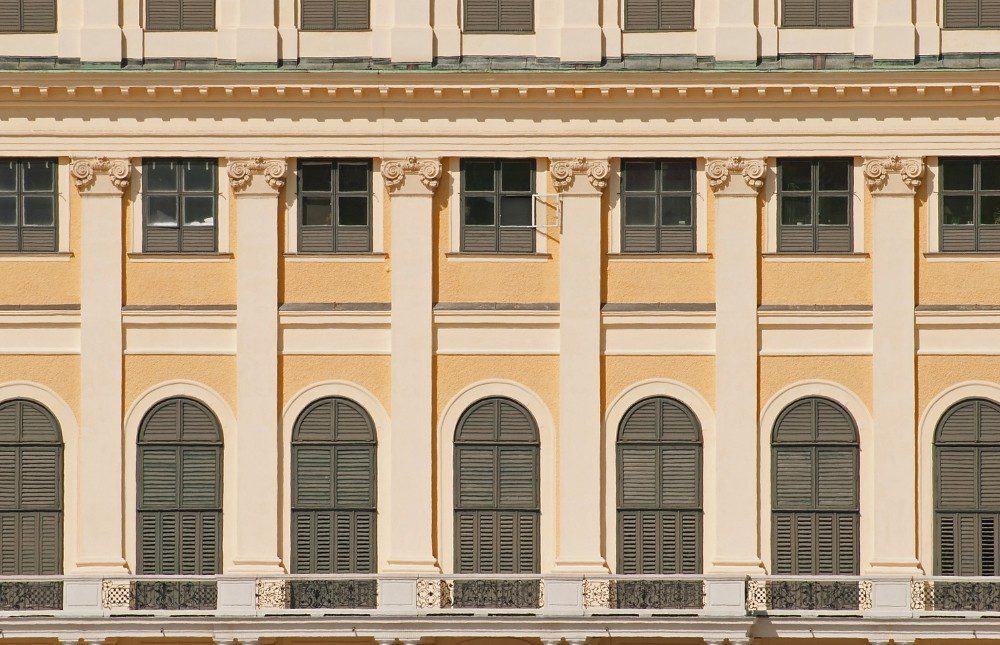
The yellow that graces its exterior walls is known as Schönbrunner Gelb – who would’ve guessed? Back in the monarchy days, all state buildings were painted in this exact colour, i.e. government buildings, train stations and various other palaces. So, just imagine, Vienna used to be a lot more pastel yellow than it is today.
6. In court sessions, the Habsburgs used to talk in a special kind of Viennese dialect called Schönbrunner Deutsch
It was also adopted by other members of Vienna’s upper class to distinguish themselves from the common folk. We think we might take on this dialect and start talking it in normal conversations on the streets today.
7. Schönbrunn houses its own theater
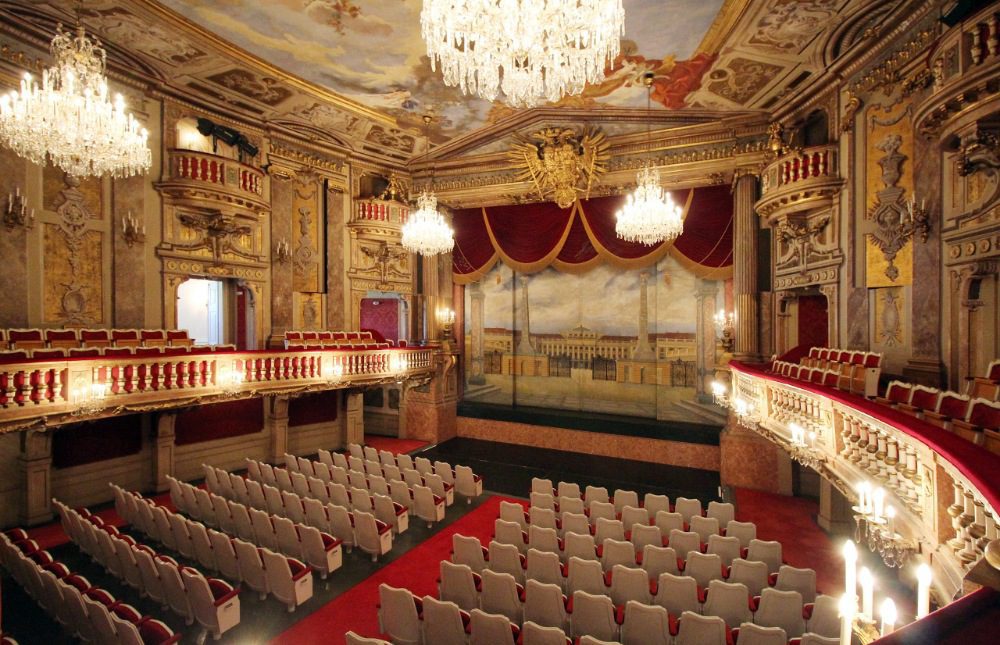
The Habsburgs used it as their private stage, on which their kids used to perform in front of the royal court society.
Other star guests were invited to perform on the stage, as well, such as Mozart and Haydn who jammed in this lavish looking theatre on several occasions back in the day.
These days, it’s used by the university of music and performing arts.
8. The Schönbrunn zoo is the world’s oldest zoo still in operation and has the world’s oldest giraffes
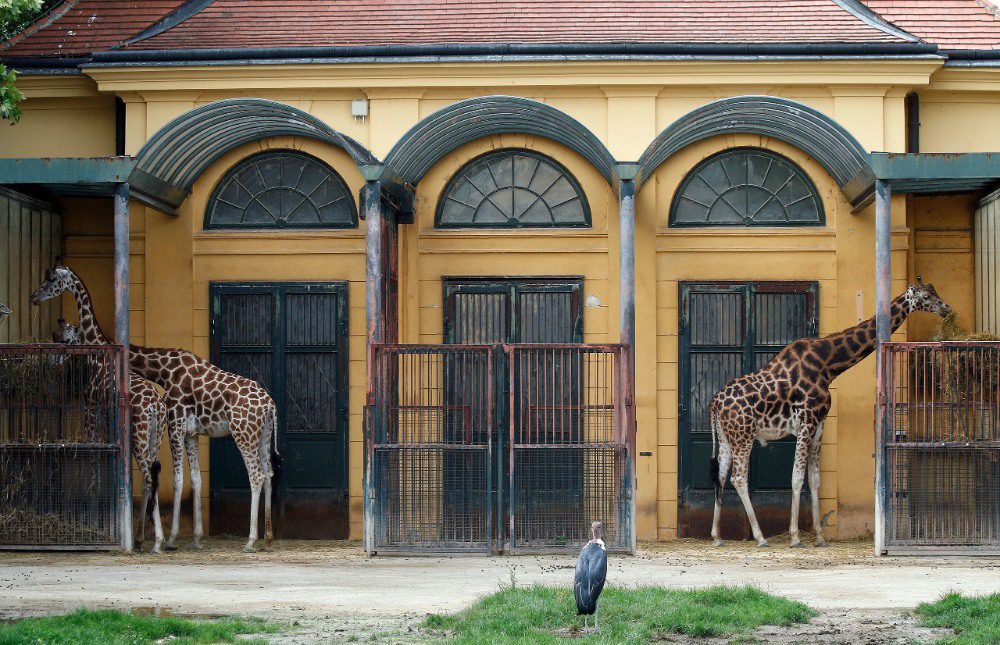
Ok, that second part is a lie – the giraffes are relatively young actually. The zoo was built and used as the emperor’s and empresses’ private menagerie (which is a fancy word for zoo). The first animal, which was an elephant, was brought to Schönbrunn in 1770. Eight years later, they opened the zoo to the public. You should definitely check out the small cafe in the zoo which proves how old the zoo actually is. It’s got one beautiful and impressive ceiling.
9. It has starred in several movies
It was obviously used as the filming location for the legendary Sissi series starring Romy Schneider, while it was also featured in other big productions, such as Sofia Coppola’s, Marie Antoinette and James Bond The Living Daylights.
10. The vast space was once used as hunting grounds by the Hunting-happy Habsburgs (see what we did there?)
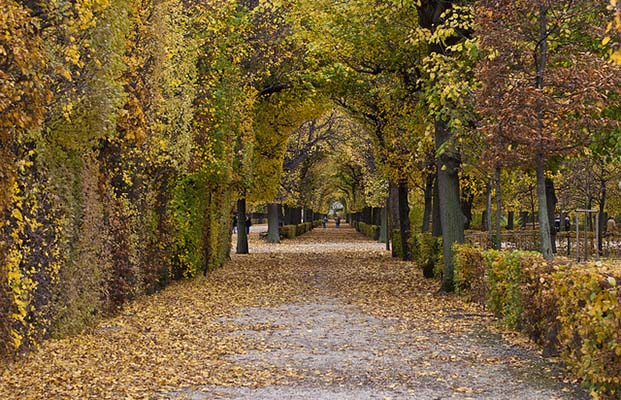
Yep, good old Emperor Leopold the First (yes, this is the lesser-known Habsburg) had it built for his hunting-savvy son, who just so happened to be Emperor Joseph the First. But don’t worry, no hunting is done there these days (said in our best American game show voice).
11. The longest reigning Emperor of Austria, Franz Joseph, was born, and died, in the palace
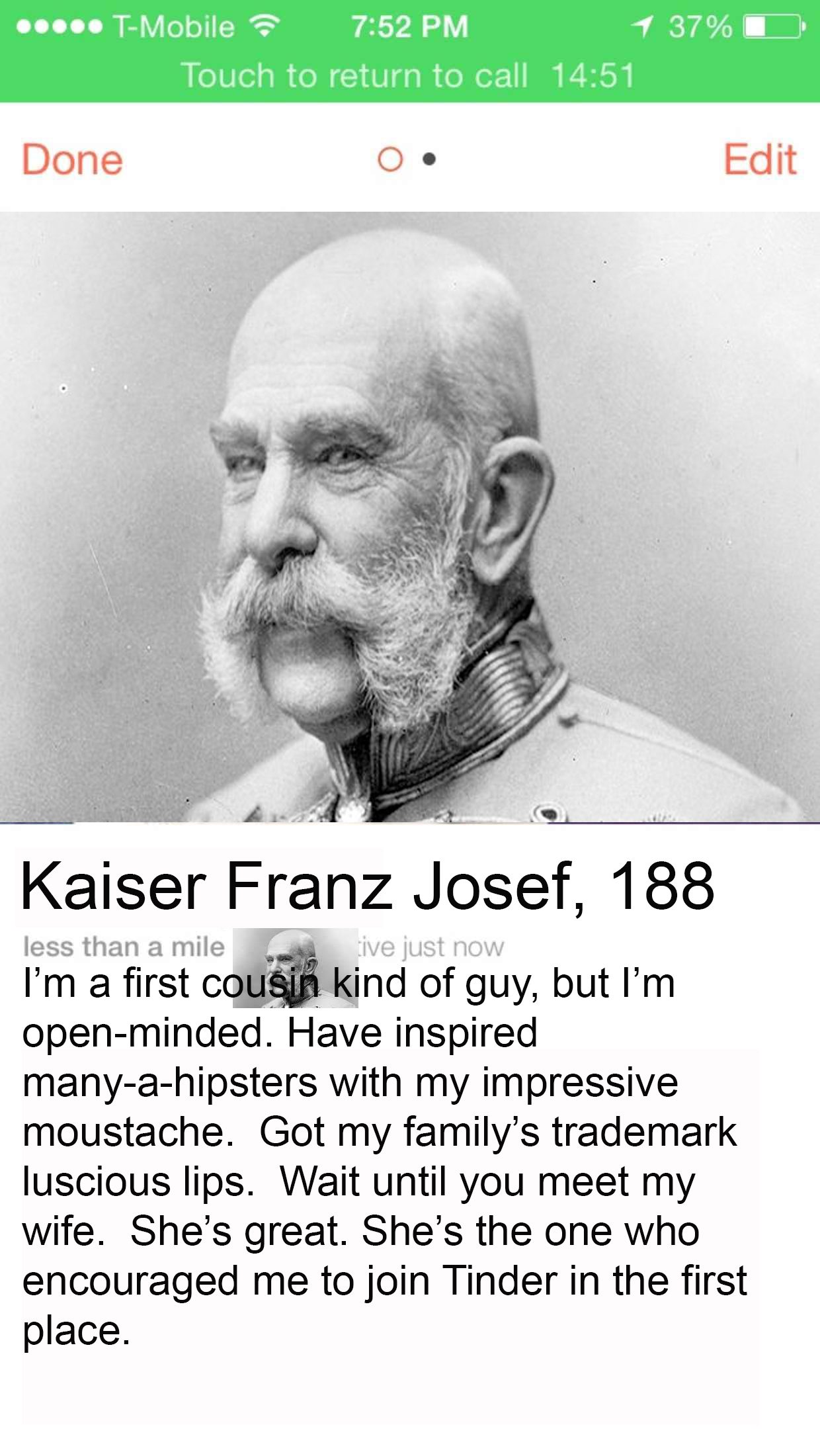
Good ol’ Franzi’ was born in 1830 within the fancy Rococo style walls of the Schönbrunn palace and he also died here at the ripe old age of 86.
12. The damn glorious looking Gloriette was used as a dining room during the 19th century and houses a cafe today serving pretty average cake
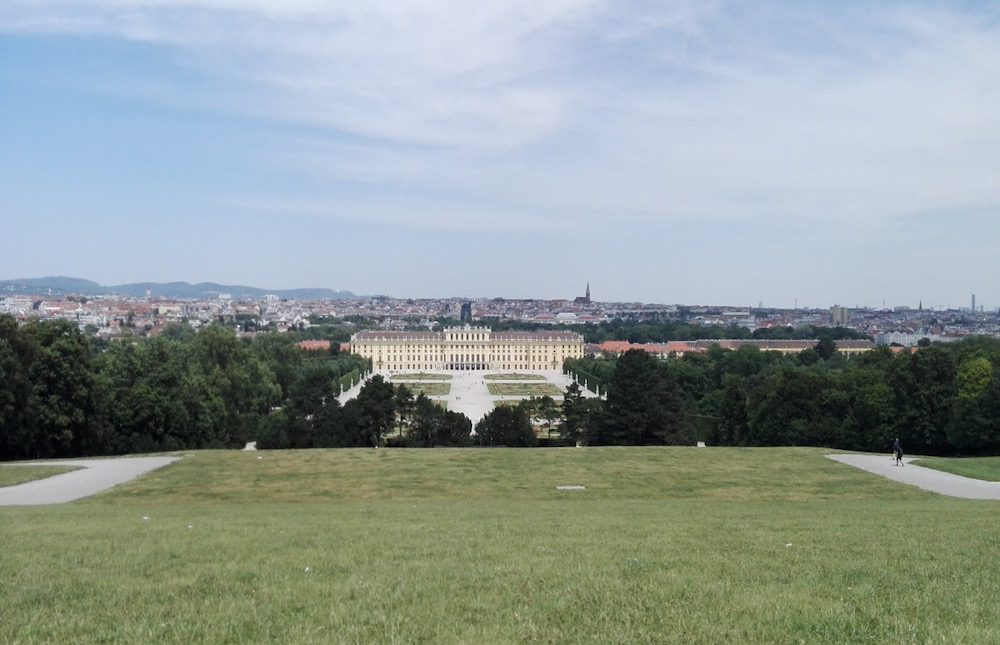
The impressive structure on the hill was used as a dining room when the Habsburgs wanted to mix things up from the other 1000 rooms they had in the palace. The view is spectacular from the Gloriette, which is now a cafe catering to tourists.
13. The palace gardens contain a pool, vineyards and a labyrinth
The pool is full in summer of people who like the idea of feeling royal while doing laps in the former palace grounds and there are plans to open a Heuriger serving up wine made from the royal vineyard grapes in the near future.
The greenhouses located on the grounds are another fascinating feature of the park you should check out. The so-called Palmenhaus, or Palm House, was built in 1882. It was the largest greenhouse in Europe when built. It contains three sections in which numerous exotic plants are kept, along with hundreds of butterfly species.

